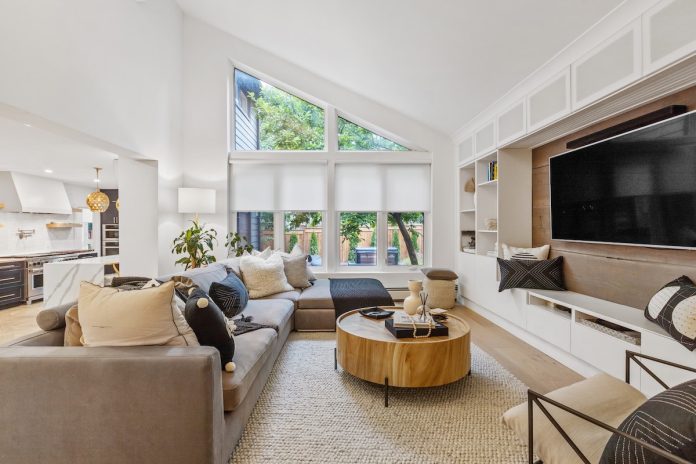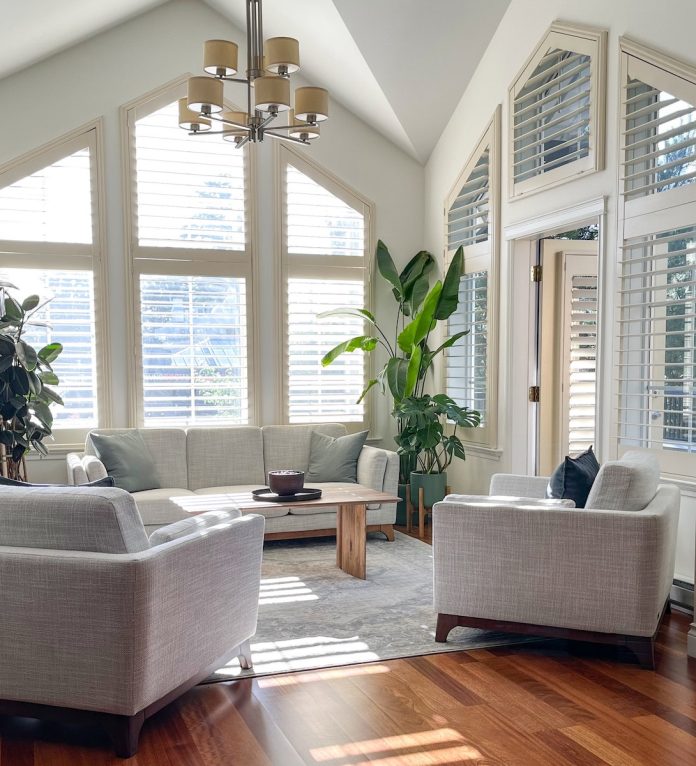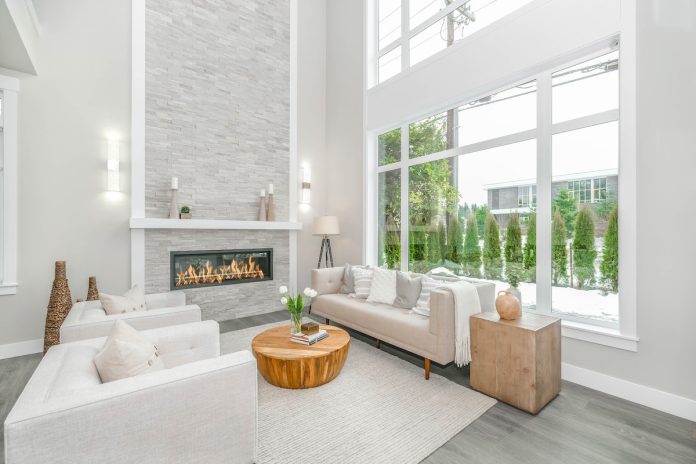Five Basic Principles to Make a Good Design
Invest in the success of your artwork by learning about these five basic design principles! Every creative folk wants their designs to come out attractive and well-balanced. To do so, it’s essential to know about five basic design principles, or rules, in other words. In this article, you will learn everything about them! Also you will find out why they are crucial to know if you are craving a good result and a successful design career!
To create an outstanding design, you need theoretical knowledge (which is still vital) and professional resources: brushes, fonts, templates, and many others. In case you want to refresh your toolbox, check out The Designest — you will find them all there. Plus, you can find tutorials that will give you a lot of helpful information!
1. Emphasis
The first of the five design principles is the emphasis, which describes the focus of a design and the relative importance of each component. Let’s set a theatrical billboard as an example. What may the audience want to know? Who are the actors, the day and the ticket cost, and where is the theatre located?
Outline in your mind. Arrange your design to indicate the order in which your brain processes the information. For example, put the play’s name in the middle of the poster or make it the largest element, as it is the most crucial piece of information. Alternatively, type it in the biggest, boldest font. Use vibrant color combinations and color theory to make the title stand out.
If you begin your composition clearly understanding what you need to convey, your design will succeed! It’s much like the play without the plot or building without a plan.

2. Balance and alignment for a good design
Never overlook the weight that each thing you include on a page carries. The weight may be caused by color, size, or texture. You should only cram some of the heavier components into one section of the composition, just like you wouldn’t place all the clothes in one wardrobe. If there is an imbalance, your audience will experience eye fatigue, and the whole design will look awful.
A symmetrical design achieves equilibrium by placing equally weighted components on each side of a central line. However, you can also choose an asymmetrical design. They employ opposing weights to produce an uneven composition that maintains balance. For example, by contrasting one huge piece with multiple smaller parts. Both schemes are good for avoiding visually busy designs, so pick one that meets the requirements of your style and artwork’s concept.
Designs with symmetry are often attractive, though they may seem boring as they are typically seen as an overused structures. On the other hand, asymmetrical patterns are more daring and may give your composition true visual intrigue and movement.
3. Proportion principle for a good design
The visual weight and size of parts in a composition and their relationship to one another are known as proportion. This principle helps you create a well-balanced design that will be pleasant to look at and makes the audience focus on the right details. You can facilitate the process of creating perfect proportions: instead of approaching your design as a complete, do so in pieces.
Consider a box at the bottom of your poster for ticket information. Also, a sidebar on a website for a search bar as examples of how grouping similar elements may give them prominence at a lower scale. The proportion can be attained when your design’s components are accurately scaled and adequately positioned. When alignment, balance, and contrast are mastered, proportion should naturally follow. This helps see the important information from the first glance.

4. Contrast
People refer to contrast when they claim that a design stands out and pops, making it memorable. It lifts off the page and ingrains itself in your mind. The contrast gives your design depth and distinction between its pieces. For your backdrop and your elements to complement one another and be readable, they must have colors that are noticeably distinct from one another.
Understanding contrast is crucial if you want to work with type since it shows that your font’s weight and size are balanced. When everything is bold, how will your readers determine what is the most crucial information they should focus on? Knowing how to use the contrast rule, you may not worry about crafting a visually busy design — you won’t need too many colors and types to grab the audience’s attention.
Most designs simply use one or two typefaces while looking for strong, effective design examples. This is so that contrast may be produced with two powerful fonts (or even one strong typeface in different weights). Unfortunately, the goal of your design could be clearer and clearer as you add too many fonts.
5. Repetition
You’ll soon see that you have to repeat certain elements if you stick to using only two powerful fonts or three powerful colors. And it is absolutely fine. It’s commonly believed that repetition strengthens and unifies a design. Your theatre billboard may seem incorrect when only one element is in a black, bold sans serif font. However, you have established a theme and are once again in charge of your design, putting three elements in black bold sans serif, as it will look like a wholesome image.
Repetition is useful for more than just one printed item. Beautiful graphic patterns are strongly embraced in modern package design. Anyone starting a business is aware that one of the first requirements is a powerful logo that can be used on your website, social media accounts, business cards, and more. Another thing to consider is brand identity. Such repetition may become the memorable feature of your brand that will win the clients’ trust.

How to apply basic design principles
Though it is crucial to know the basic design principles, keep in mind that some rules are made to be broken. These guidelines are unnecessary for a design to be considered “excellent” or eye-catching. Some fantastic designs ignore one or more design rules to produce a captivating and interesting piece of art. And sometimes, they become even more successful than the ones that were made by these five principles.
The components of a design have to be thought of as moving parts that come together to make a narrative that will make the audience interested in exploring it. Therefore, you must first become familiar with these design ideas before beginning your project. Only after that will you be able to defy these graphic design conventions, develop your distinctive look, and get wild and creative!





